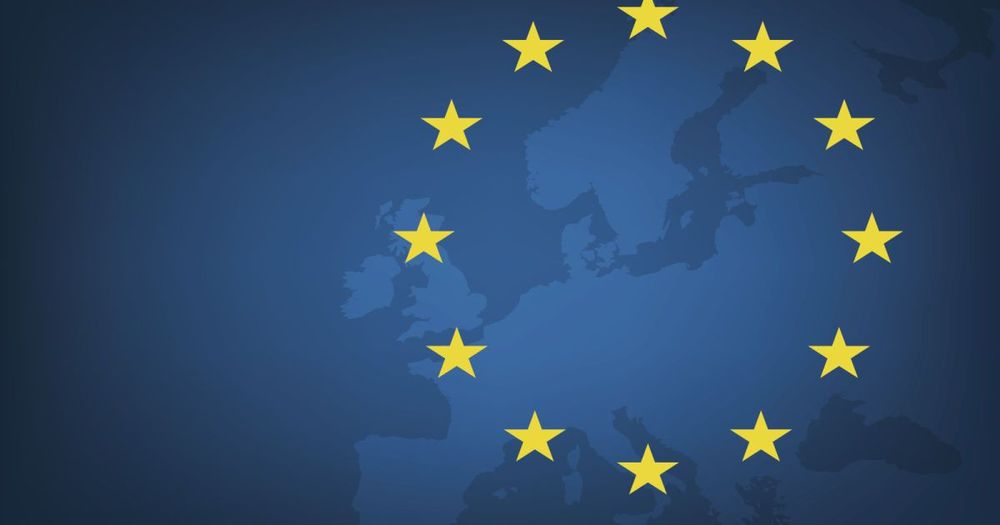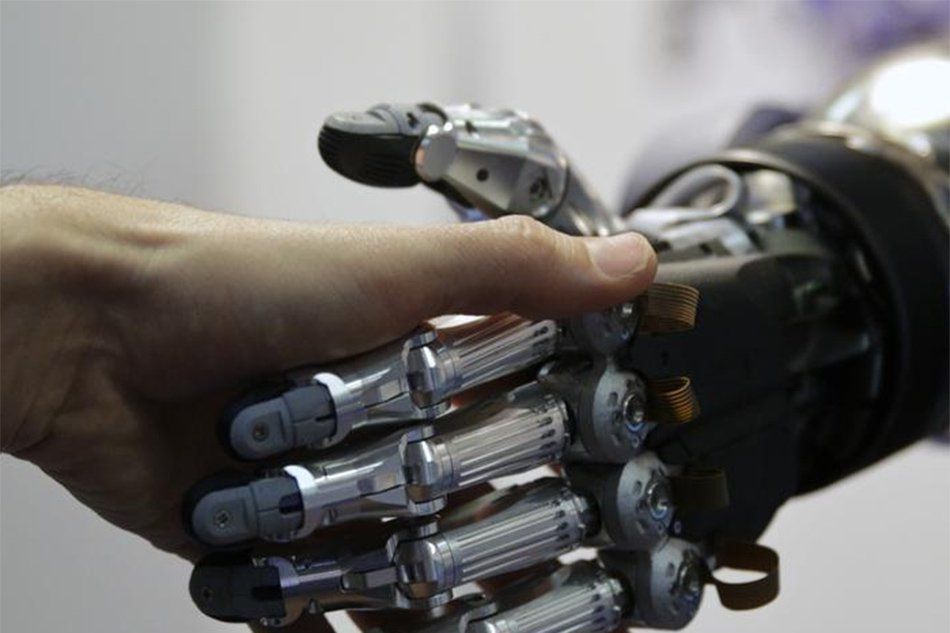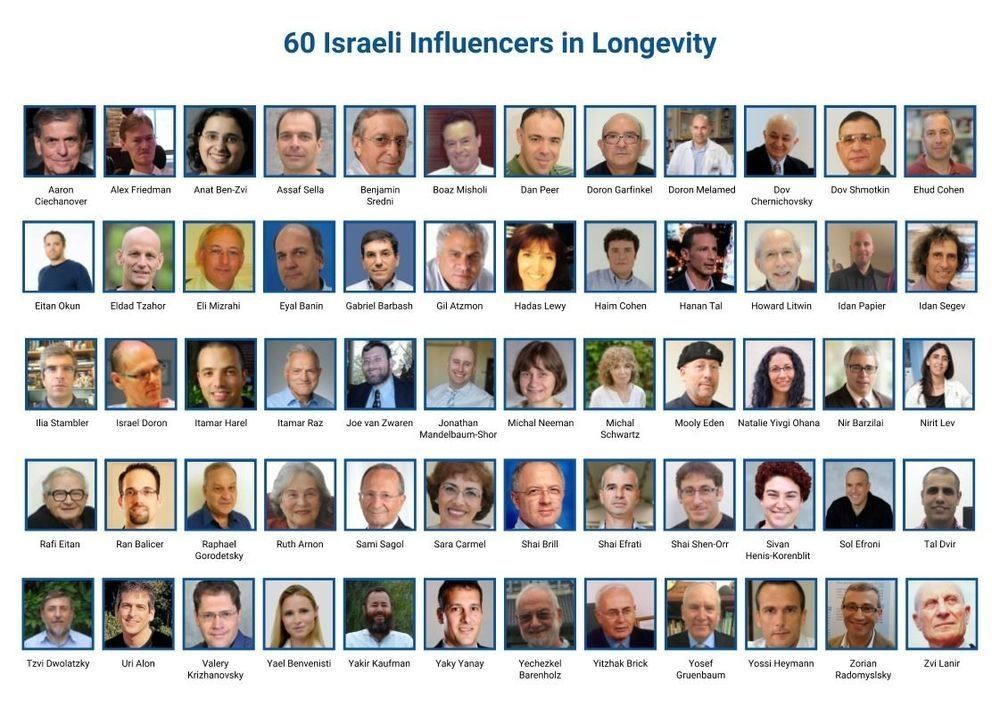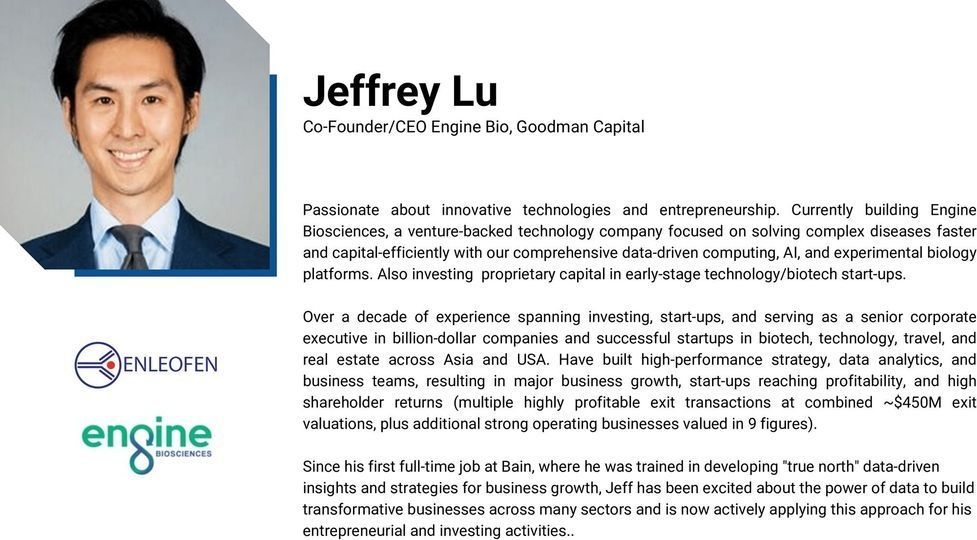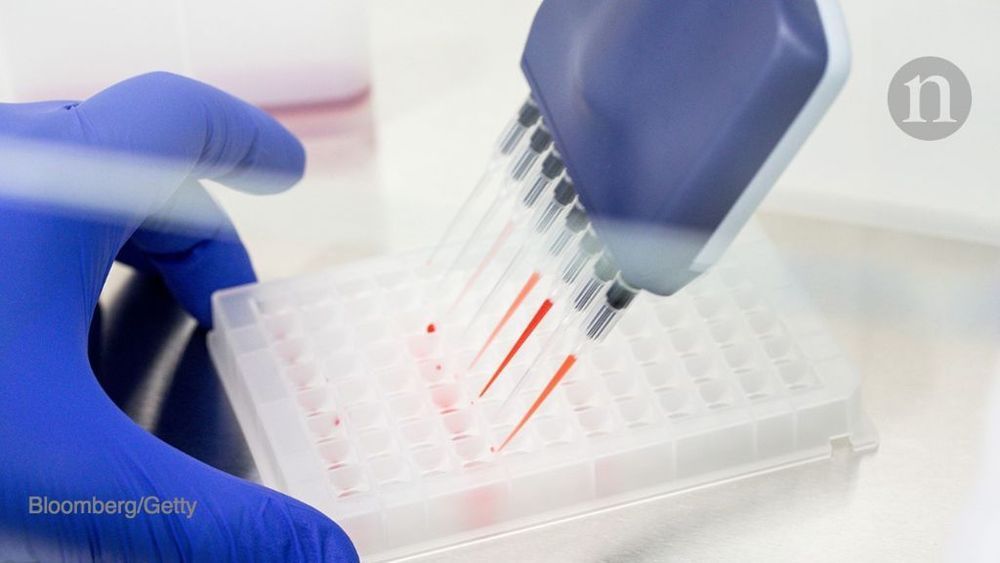A Lunar Industrial Facility (LIF). Yes, a Lunar Industrial Facility. Science fiction you might say. Impossible you retort. Too expensive even if it could be done might be your rejoinder. We don’t have the technology, could be another rhetorical dismissal. These are all responses those who do not live and breath this every day may have, but these are reactionary responses that do not reflect where we are in the closing years of the second decade of the twenty first century. In this missive, which is a companion to a space policy paper released Monday August 1, 2017, is written to show that indeed a lunar industrial facility is possible, we do have the technology, and no it will not be too expensive. Furthermore, it enables something that though it would seem to be science fiction, isn’t, which is a shipyard in lunar orbit for the construction of humanities first truly interplanetary space vehicles, as well as providing the materials for very large Earth orbiting space platforms for science and commerce.
Why do we need interplanetary vehicles? We have over 9.1 billion reasons, for that is the number of humans who will be on the Earth in 2050, only 33 years from now. The greatest fear is that with only a single planet’s resources, we cannot provide for this number in any reasonable manner. This underpins most of the rhetoric today regarding resource conservation and how to confront other global problems. This is a self defeating philosophy. Rather than rationing poverty, it should be our common goal to help create a world where all of our fellow planetary citizens can live in a society that continues to progress, materially as well as morally. Our science knows beyond any shadow of a doubt now that resources many orders of magnitude greater than what are available from the Earth, exist in the solar system around us.
